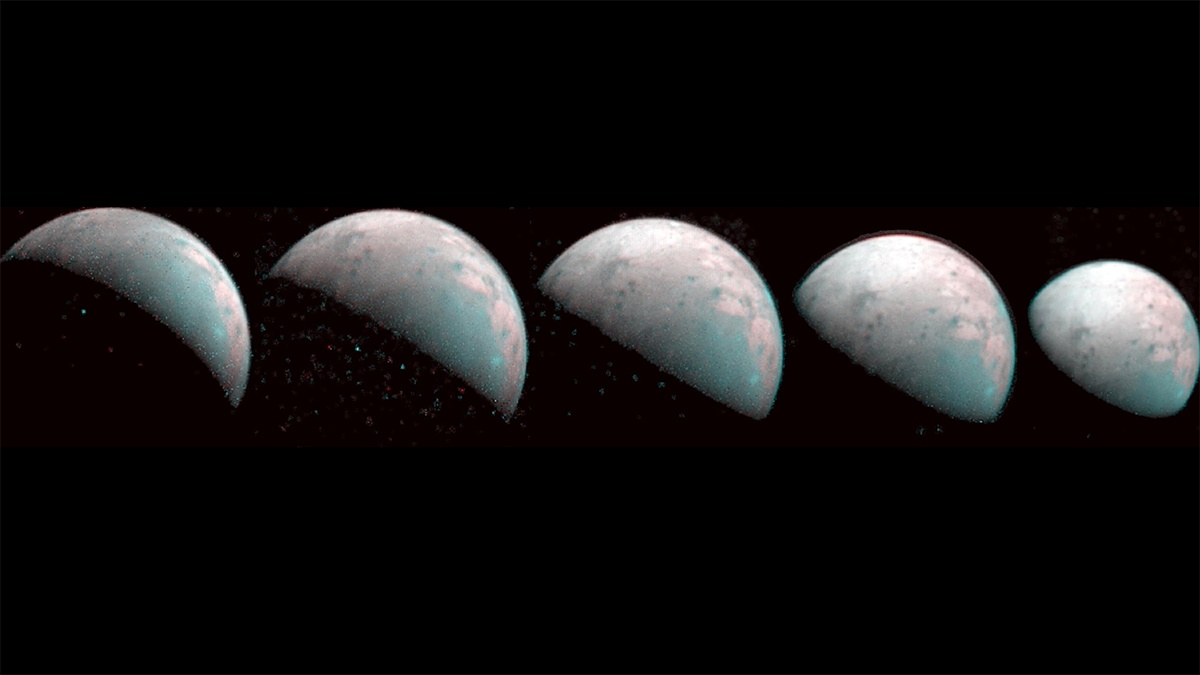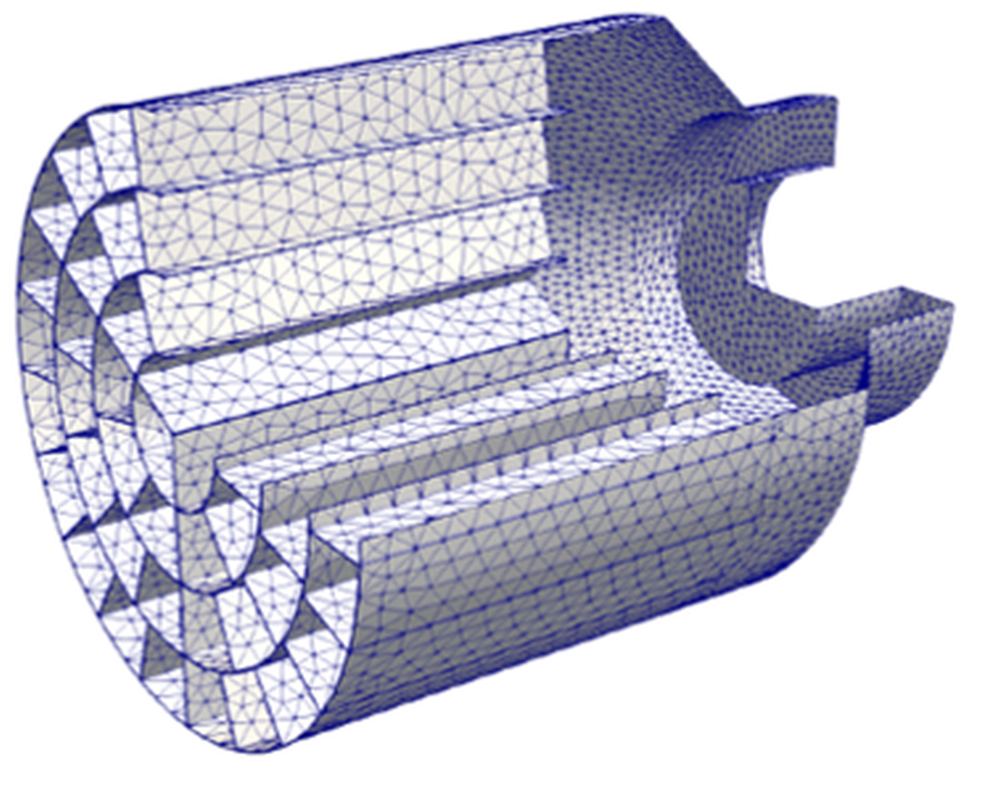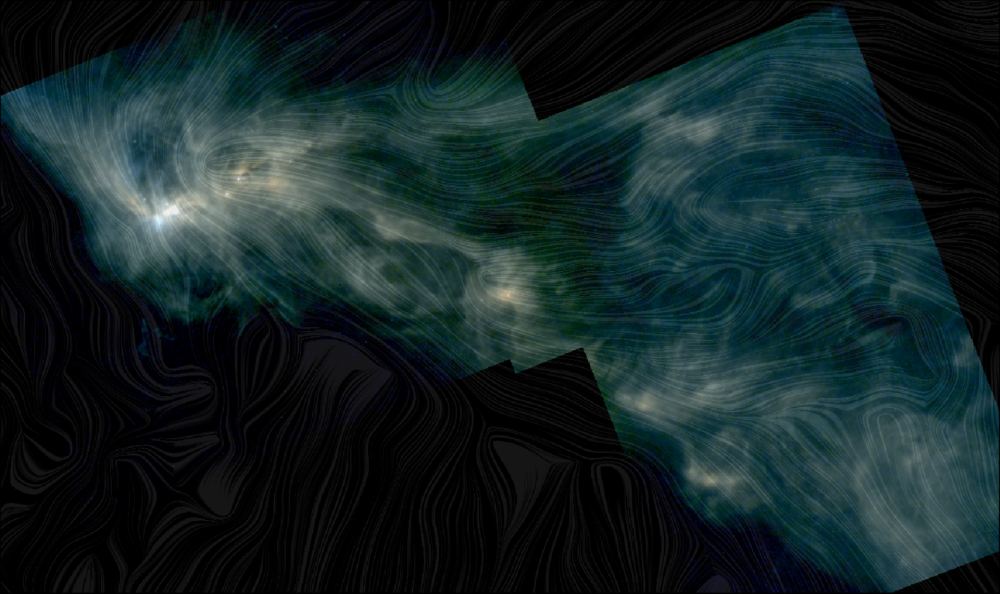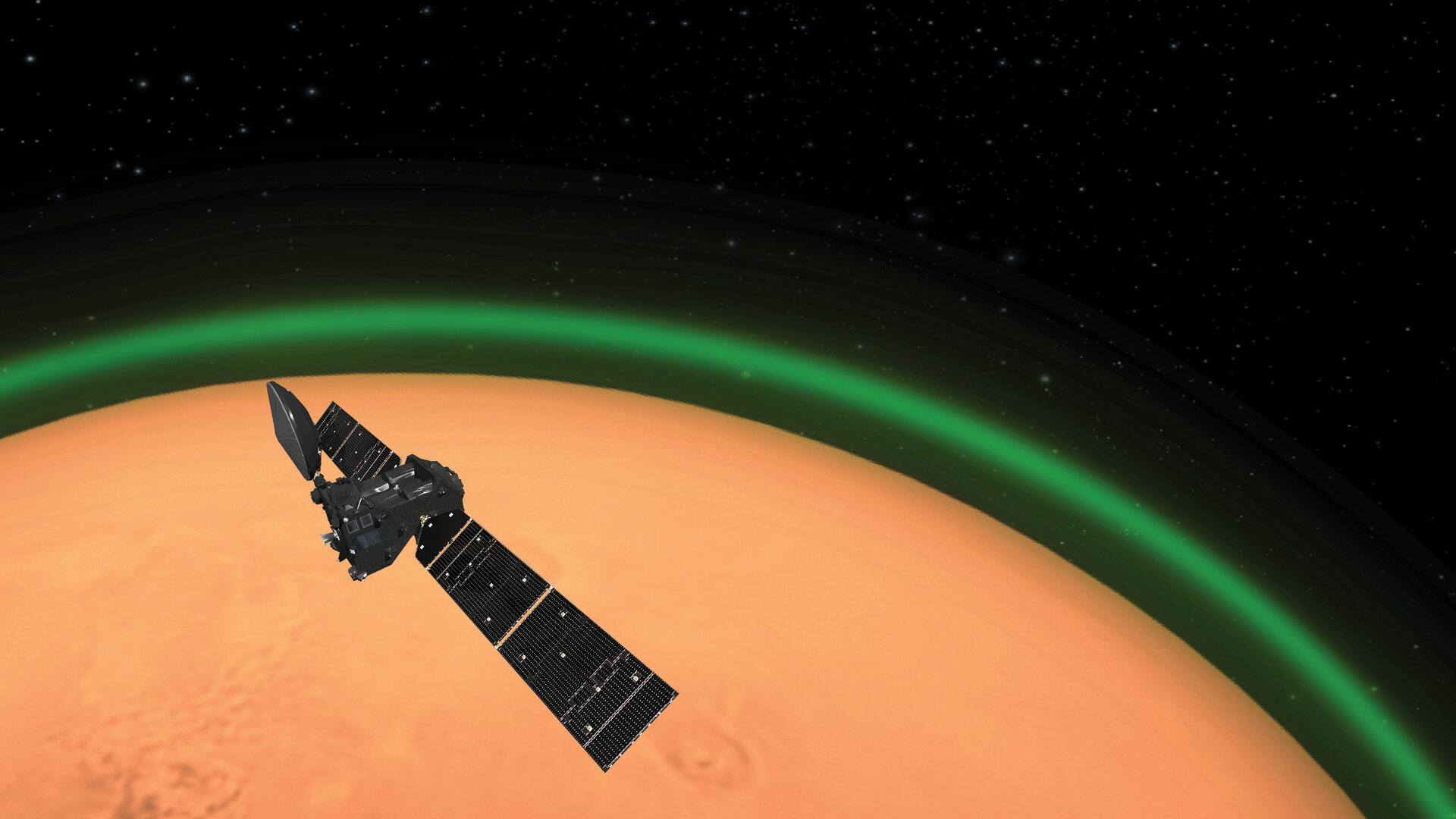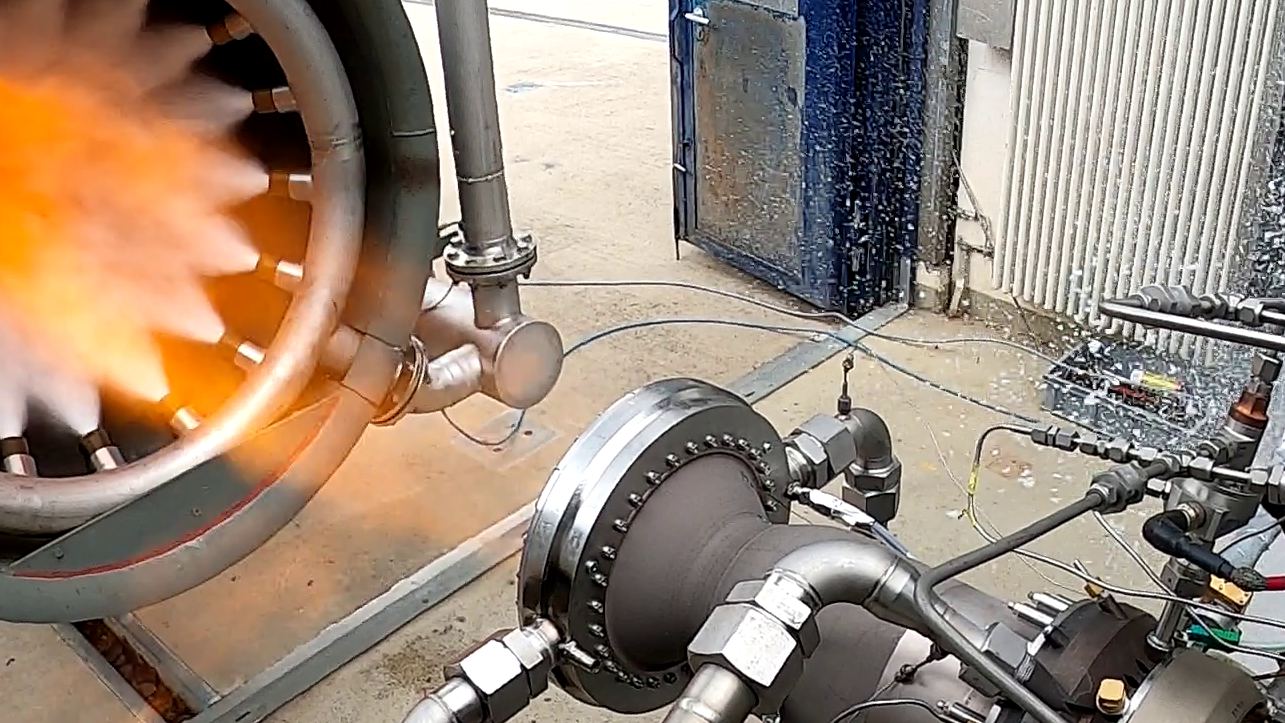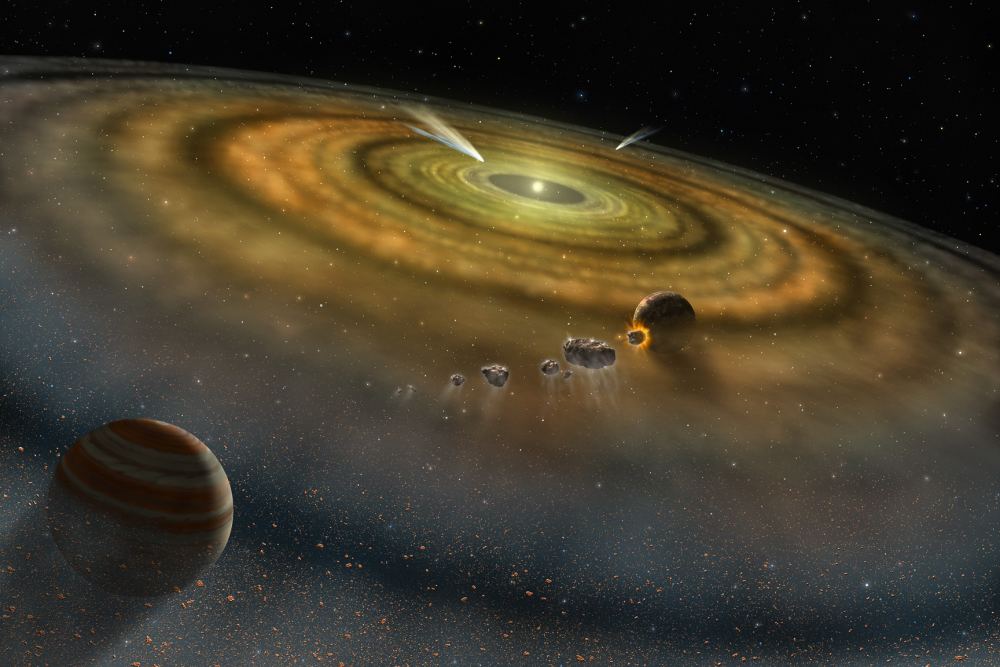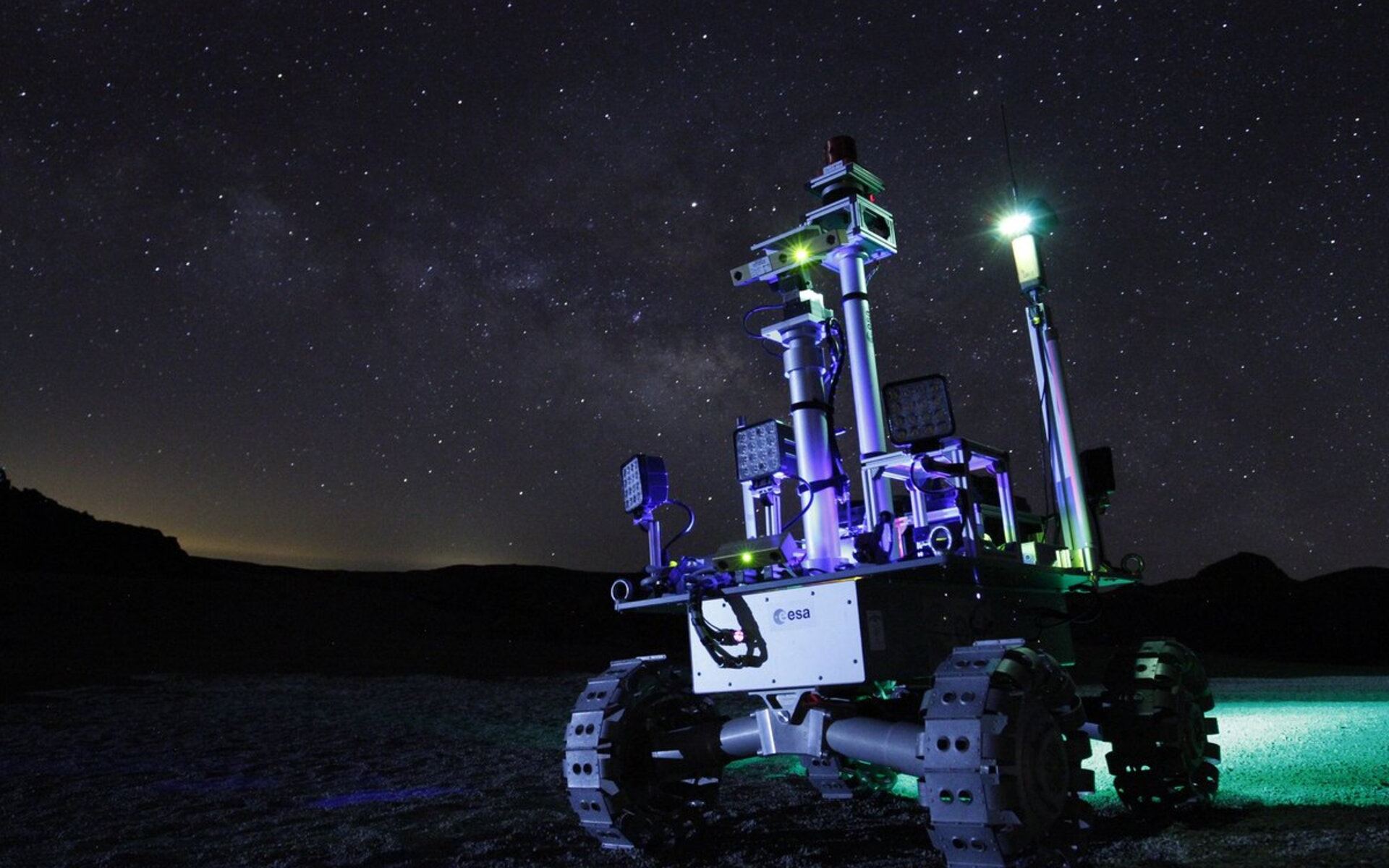On July 5, 2016, NASA’s Juno spacecraft arrived around Jupiter, becoming the second mission in history to study the gas giant from orbit – the last being the Galileo spacecraft, which orbited Jupiter from 1995 to 2003. Since then, the spacecraft has gathered data on Jupiter’s atmosphere, composition, gravity field, and magnetic field in the hopes of learning more about how the planet formed and evolved.
In addition, the spacecraft has gathered some of the most breathtaking images ever taken of Jupiter and its system of moons. In fact, as the spacecraft was making another approach towards Jupiter on December 26th, 2019, it managed to capture the first infrared images of the moon Ganymede’s northern polar region. These images will inform future missions to this satellite, which could host life beneath its icy mantle.
Continue reading “Juno Captures Pictures of Ganymede for the First Time”
